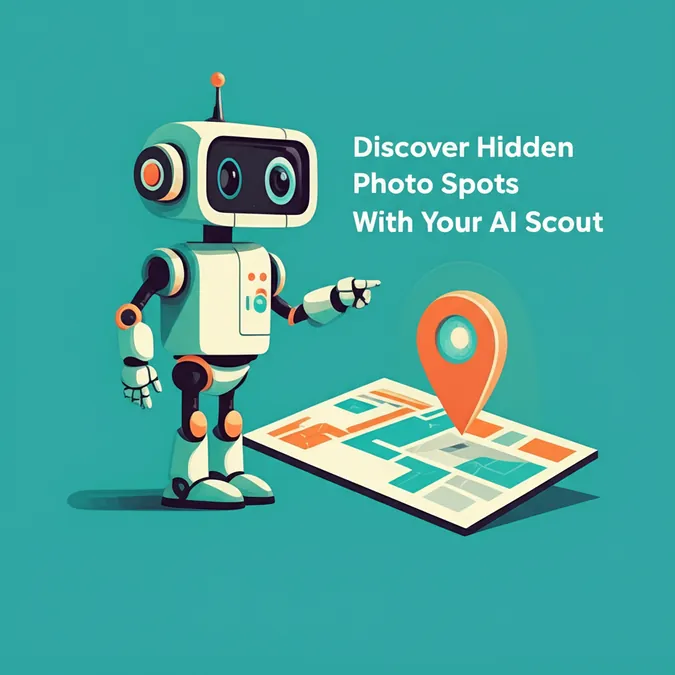The AI Arms Race In The Classroom

With powerful AI content generators readily available, it's no surprise that educational institutions are actively seeking ways to uphold academic integrity. More schools are now implementing tools like those found at aidetector.com to address the growing use of ChatGPT for student assignments. What began as a novelty for asking fun questions has evolved into a powerful tool that students are using for homework, research, and even writing entire essays.
Why Schools Are Concerned About AI
The core issue for educators is the potential for AI to undermine the learning process. Some students have discovered they can use this technology to generate answers to complex math problems or produce complete essays, potentially bypassing the critical thinking and writing skills assignments are designed to develop.
Teachers began noticing red flags. A student's writing style might suddenly shift, becoming more generic and less personal. In other cases, students with a history of average performance might begin submitting A-grade work without a corresponding improvement in their in-class participation or ability to discuss the material. This discrepancy between high-quality submitted work and a student's demonstrated knowledge in the classroom is a key indicator that has raised concerns among educators.
The Rise of AI Detection Tools
Recognizing AI-generated text with the naked eye can be difficult and time-consuming. This has led to the adoption of specialized AI content detectors like AIDetector, GPTZero, and Copyleaks. These platforms are designed to level the playing field, giving educators a tool to quickly assess the authenticity of a student's work.
The fundamental principle behind these detectors involves algorithms and machine learning. They analyze text for patterns that are characteristic of AI-generated content. For instance, they look at the predictability and variation of sentence structures and word choices. Human writing tends to have a certain rhythm and imperfection, while AI-generated text can sometimes be too perfect or use unnaturally complex vocabulary for the context.
These systems also check for overly correct grammar and punctuation. While good students strive for accuracy, they still make occasional errors. AI models tend to produce grammatically flawless text, which can be a signal. The detectors are designed to identify these nuances within minutes, offering a probability score of whether the content was written by an AI.
A Comparison of Popular AI Detectors
Here’s a brief overview of some of the leading tools in the market:
| AI Detection Tool | Features | Limitations |
|---|---|---|
| AIDetector. com | Claims superior accuracy, provides real-time analysis and detailed authenticity reports. | No AI detector can achieve 100% accuracy. |
| GPTZero | Uses "Perplexity" and "Burstiness" metrics to detect AI content, providing a percentage likelihood. | Highlights sentences that are potentially AI-generated. |
| Copyleaks | Detects both plagiarism and AI-generated content, including across different languages. | May provide inconsistent results in some tests. |
Note: Features and performance may vary by application and specific use case.
The Challenge of an Evolving Technology
While these tools offer a rapid first-pass analysis, no detector is foolproof. The technology is in a constant state of flux. As students learn to use more sophisticated prompts to make AI-generated text sound more human, the detection tools must be continuously updated to keep pace. This cat-and-mouse game means that some AI-assisted papers will inevitably slip through, highlighting that these tools are one part of a broader strategy for ensuring academic honesty in the age of AI.


